With the continuous updates in hardware architecture, oscilloscopes are no longer just instruments for ‘oscillography’; protocol decoding is a typical representation! IIC, SPI, UART, CAN, LIN… we have equipped the ZDS series oscilloscopes with up to 37 protocol decoding analysis plugins for free. Where are these many protocols used, and how are they specifically utilized?
The development of oscilloscopes from analog to digital has brought many significant changes, such as signal acquisition, bandwidth, sampling rate, and display. Similarly, these changes are reflected in ‘protocol decoding’, where new decoding methods liberate people from the world of ‘0’ and ‘1’, greatly improving work efficiency.
Initially, oscilloscopes were simple waveform display and data measurement tools. However, we need to understand the deeper meanings of protocol waveforms to ensure the normal transmission of communication data. For example, when observing the IIC protocol, we need to correspond the clock and data signals bit by bit to perform 0/1 combinations, translating them into the forms we need and then corresponding to the respective physical quantities. This not only requires a lot of work but is also inefficient.
1. What Can Oscilloscope Protocol Decoding Do?
It directly decodes waveform data and presents it in hexadecimal, decimal, or character formats, eliminating the conversion process for engineers and significantly speeding up development efficiency. Figure 1 shows a segment of CAN protocol decoding, where a full 70 seconds of CAN communication decoding can be achieved in one step.

Figure 1 CAN Protocol Decoding Under Dual ZOOM
2. What Protocols Do Oscilloscopes Support?
Currently, oscilloscopes can decode well-known protocols such as CAN, UART, IIC, and USB, as well as many others. We categorize them based on the industry.
1. Automotive Electronics/Rail Transit
Table 1 mainly lists the protocol decodings used in automotive electronics/rail transit.
Table 1 Automotive Electronics Related Protocols and Features
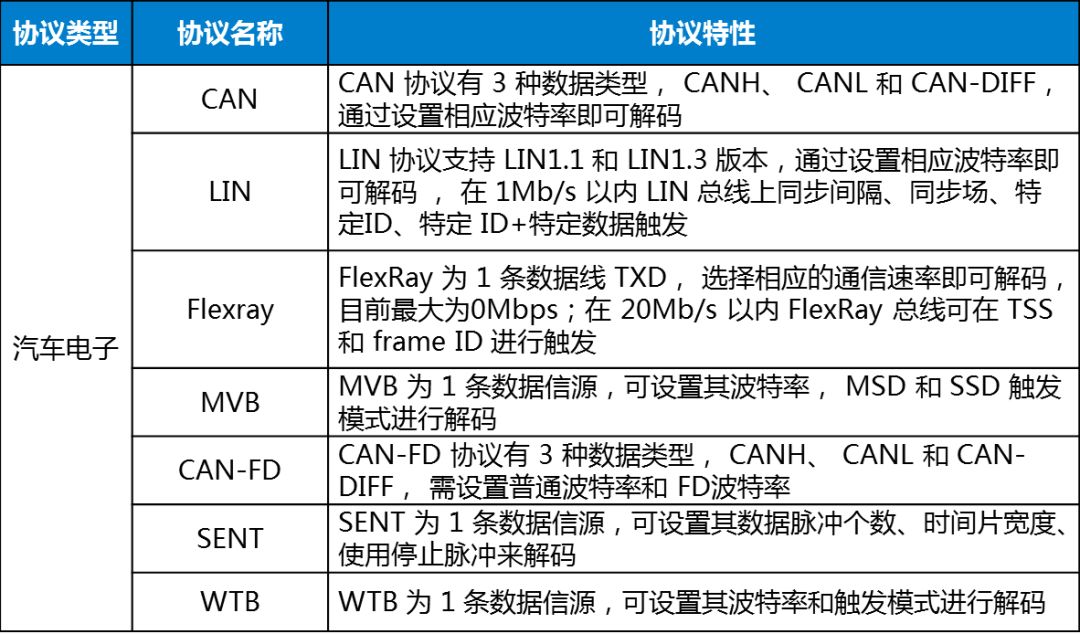
Figure 2 shows WTB protocol decoding.
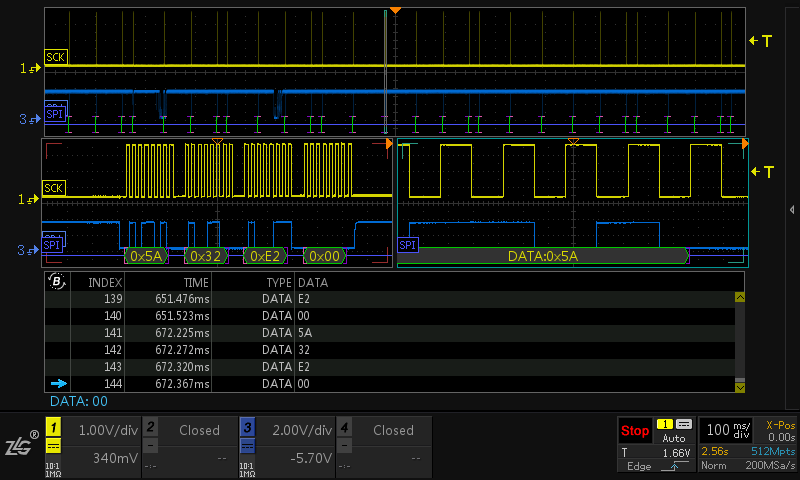
Figure 2 TB Protocol Decoding Under Dual ZOOM
2. IC Interfaces/Embedded Control
Table 2 lists the IC interface-related protocols.
Table 2 IC Interface Related Protocols and Features
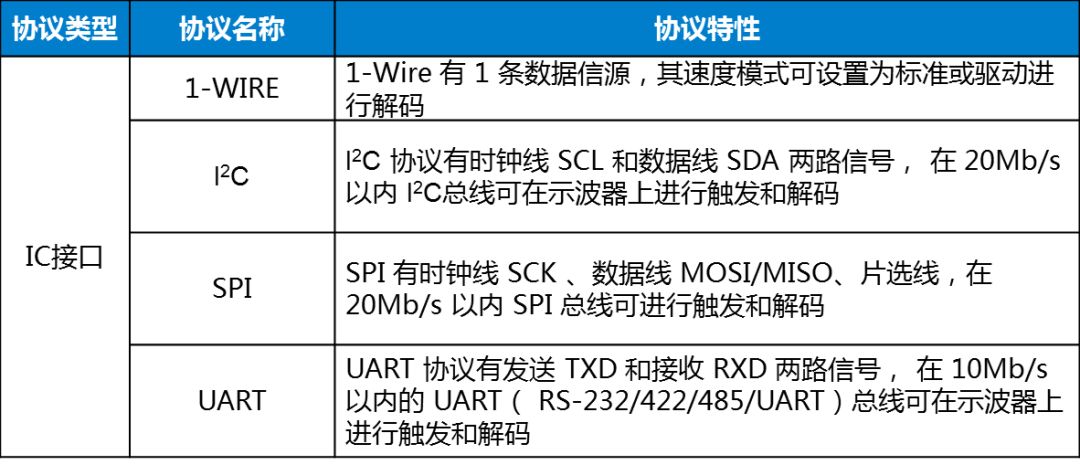
Figure 3 shows SPI protocol decoding.
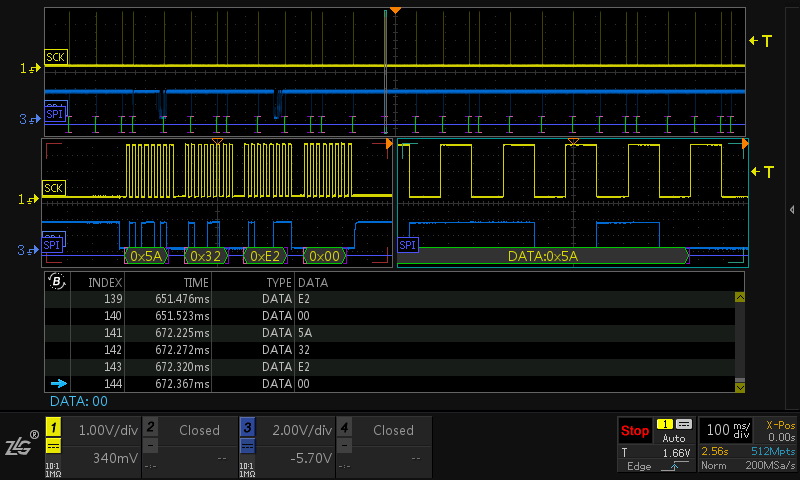
Figure 3 SPI Protocol Decoding
3. Computer Peripheral Devices
Table 3 lists the protocols related to computer peripherals.
Table 3 Computer Peripheral Protocols and Features

Figure 4 shows USB protocol decoding.
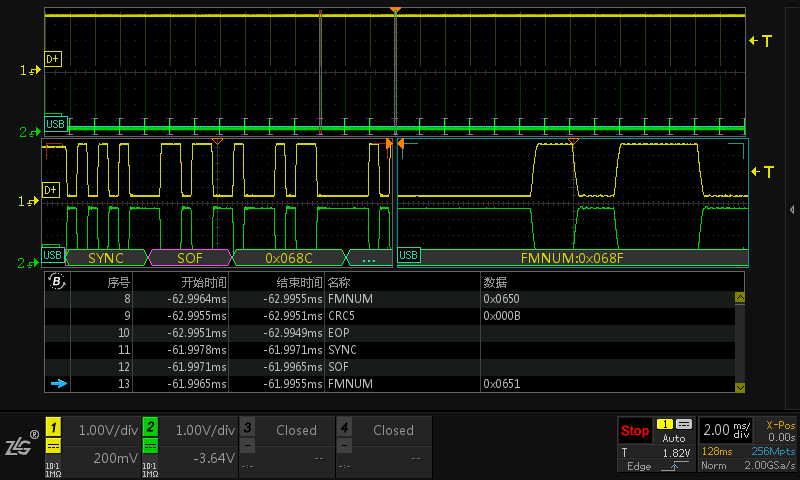
Figure 4 USB Protocol Decoding Under Dual ZOOM
4. Wireless/RF Protocols
Table 4 lists the protocols related to wireless communication.
Table 4 Wireless Communication Protocols and Features
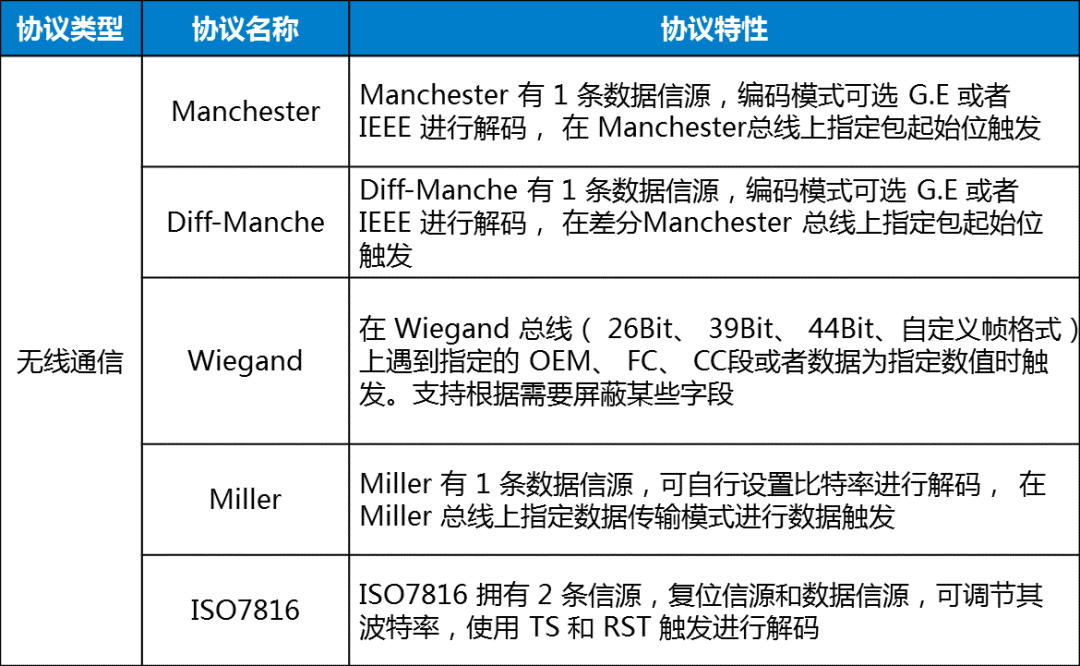
Figure 5 shows Wiegand protocol decoding.
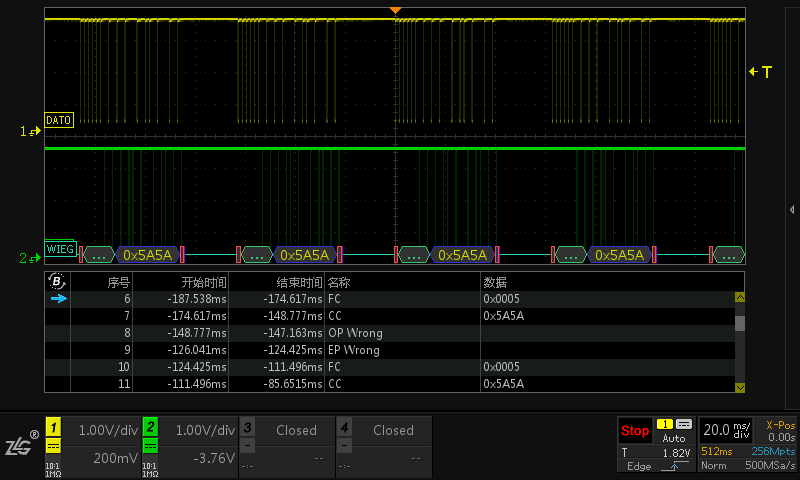
Figure 5 Wiegand Protocol Decoding
5. Other Common Protocols
Table 5 Lists Various Industry-Related Protocols and Features
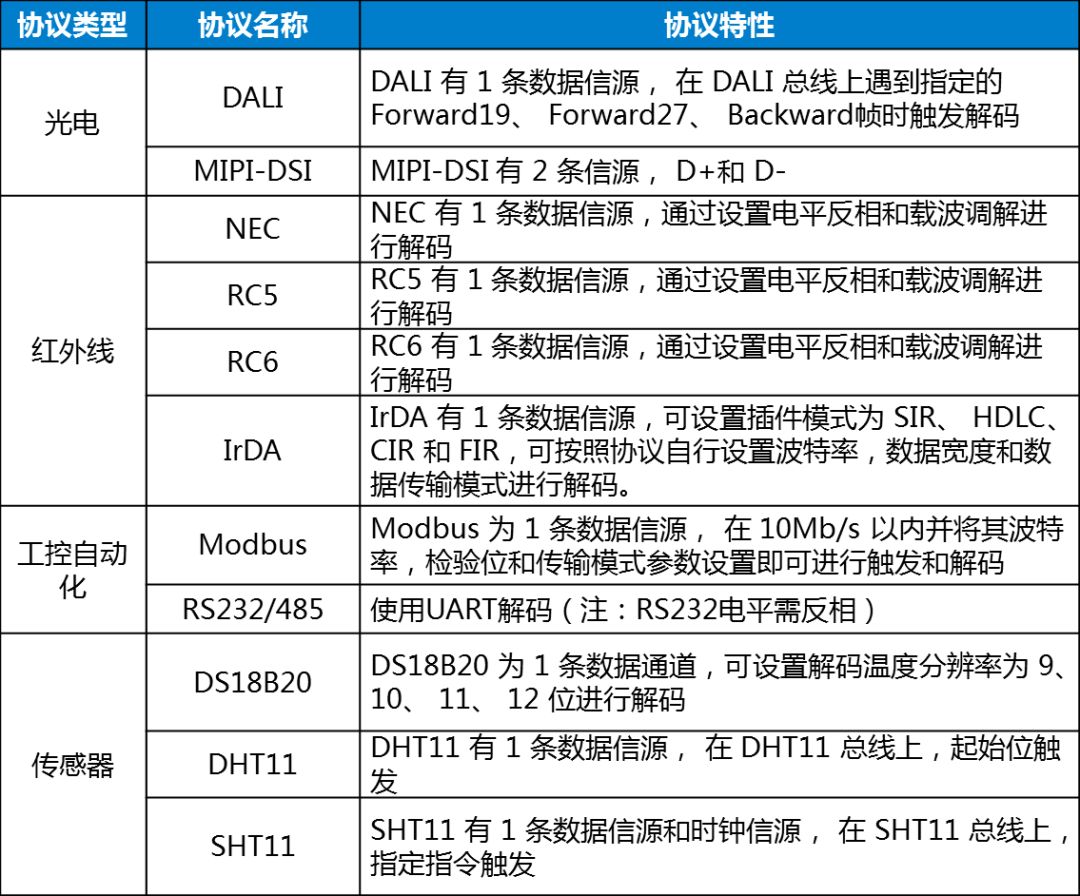
Figure 6 shows RS232 decoding:
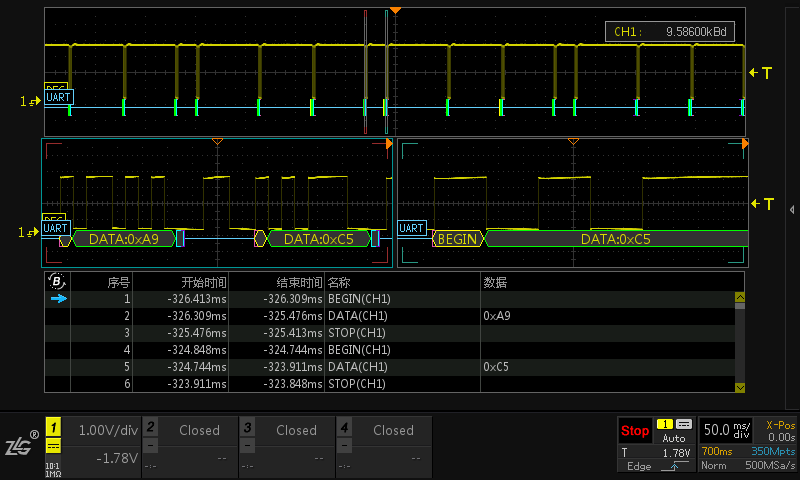
Figure 6 RS232 Decoding Under Dual ZOOM
Table 6 Lists Various Industry-Related Protocols and Features
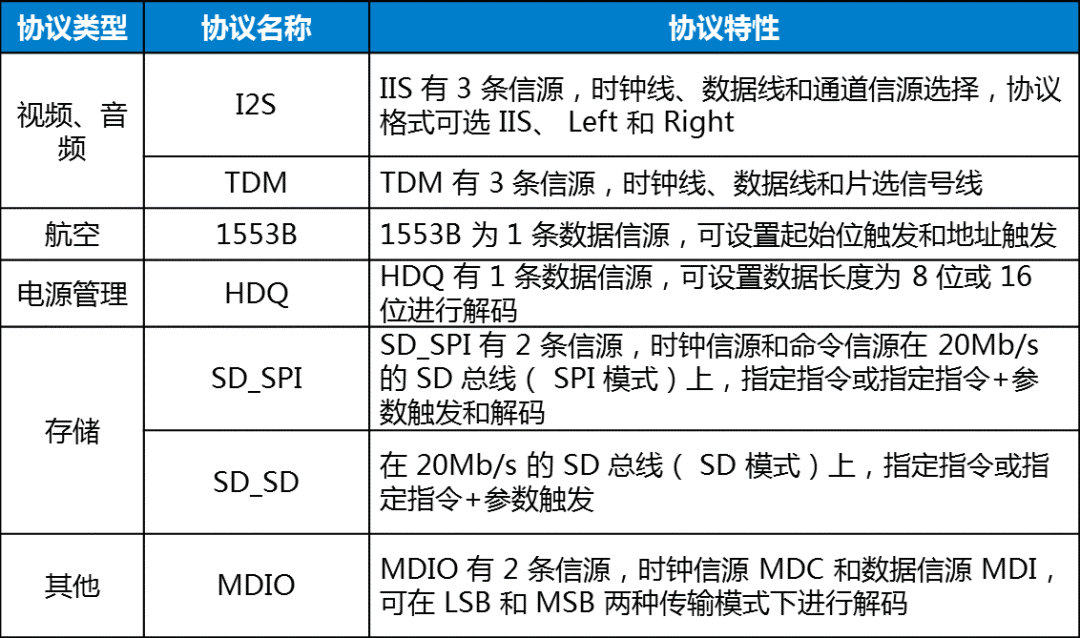
3. Are ZDS Series Oscilloscopes Charged?
All protocol decodings for the ZDS series oscilloscopes are standardly equipped for free, with a maximum of over 30 protocol decodings available, supporting display in ‘decimal’, ‘hexadecimal’, and ‘character’ formats, as shown in Figure 7.
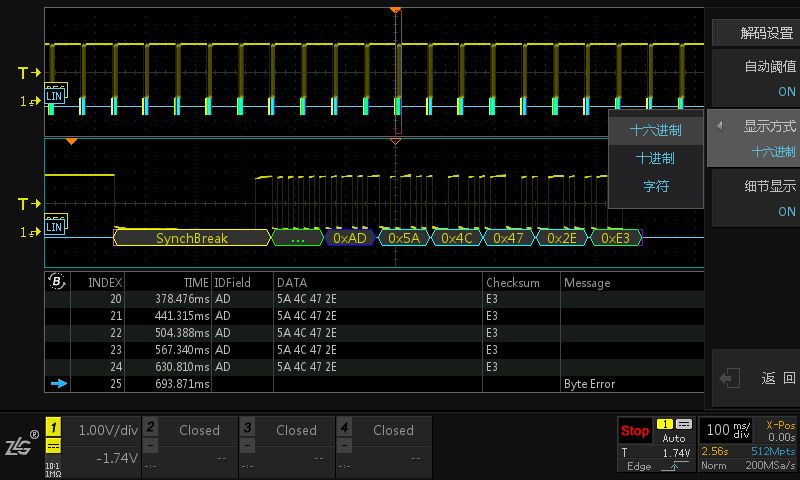
Figure 7 Three Display Methods for Protocol Decoding
Additionally, it supports detailed decoding displays and has a comprehensive event table (which includes start time, end time, name, and data), which can be exported in report webpage or CSV format for further analysis by engineers, as shown in Figure 8.
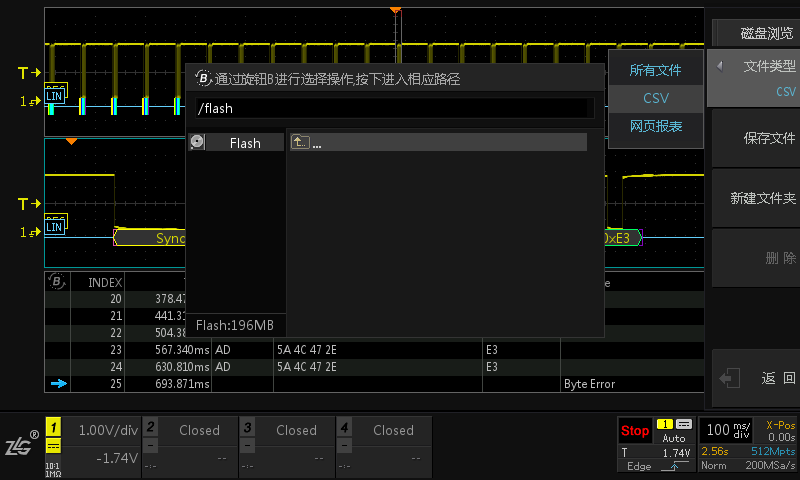
Figure 8 Two Export Methods for Event Tables
4. What Protocols Are We Continuously Adding?
Since the release of the oscilloscope, we have been continuously adding various protocol decodings, such as the commonly used USB PD protocol and QC2.0/3.0 protocol in fast charging… What common protocols are there in your industry? Where are they specifically used, and how are they currently tested? We welcome everyone to leave us a message in the background.
Reply in the background with 【Oscilloscope】 to view the self-service technical support platform for ZDS oscilloscopes.
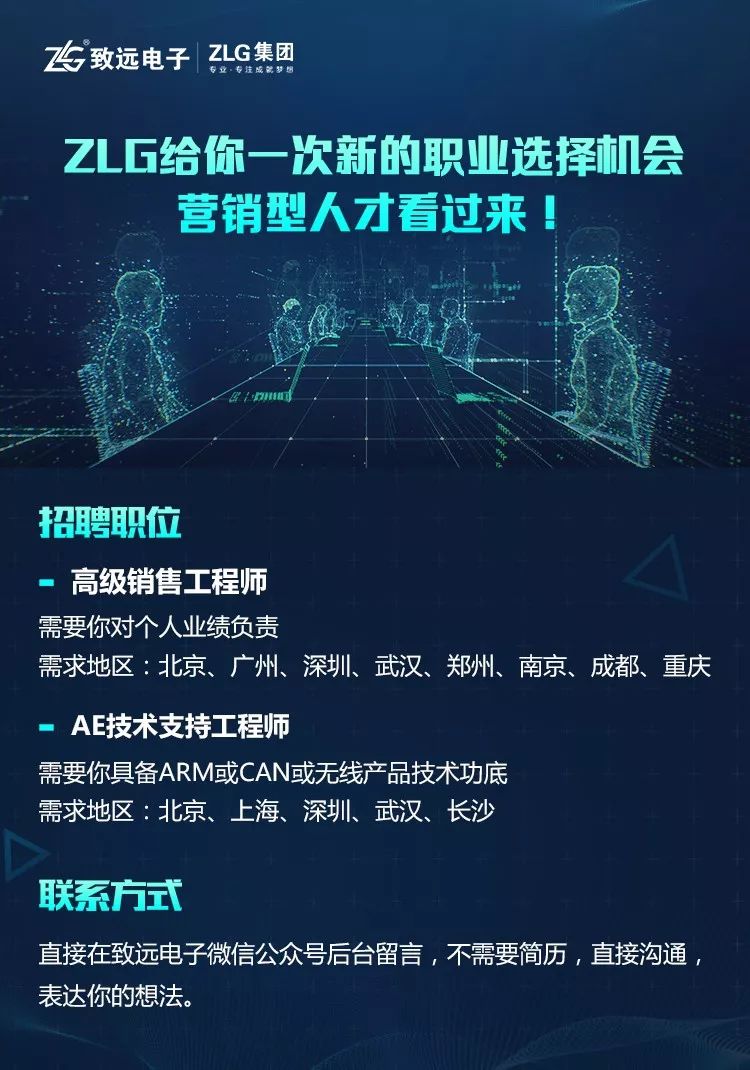
Official WeChat Account Introduction
The official WeChat account of Zhiyuan Electronics, a platform gathering 500 engineers for R&D testing sharing, providing you with leading product technologies and solutions in the electronics industry..
